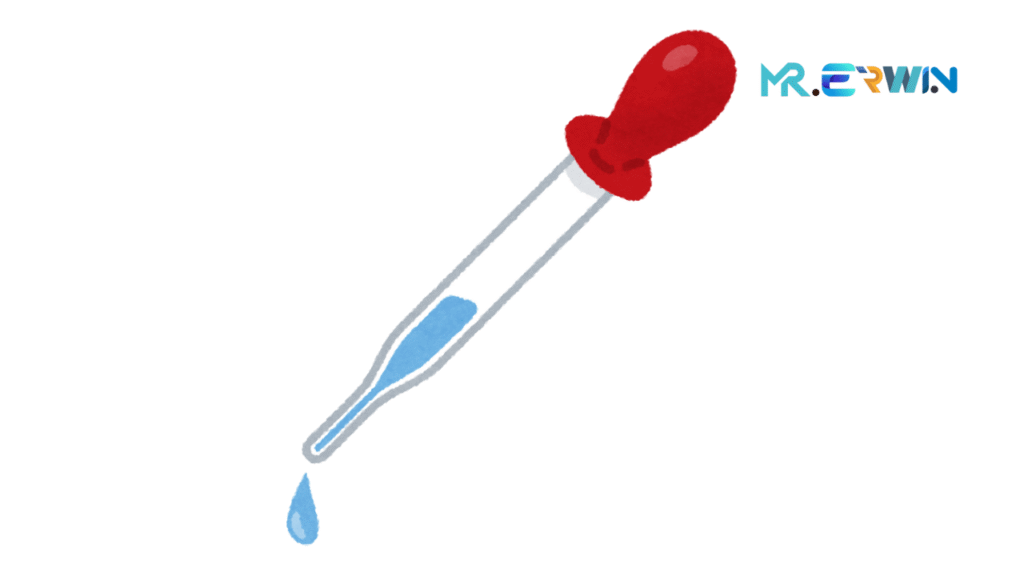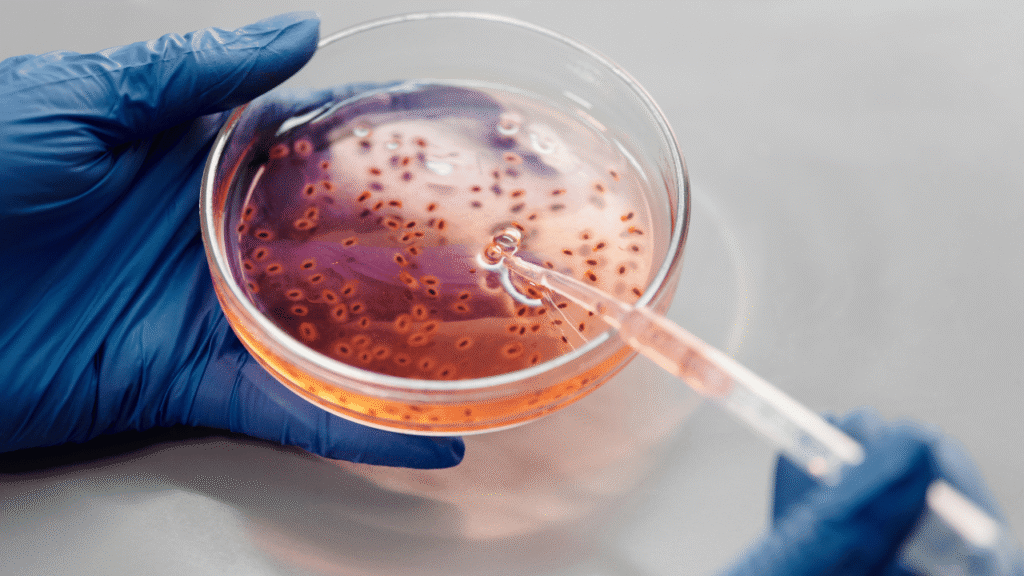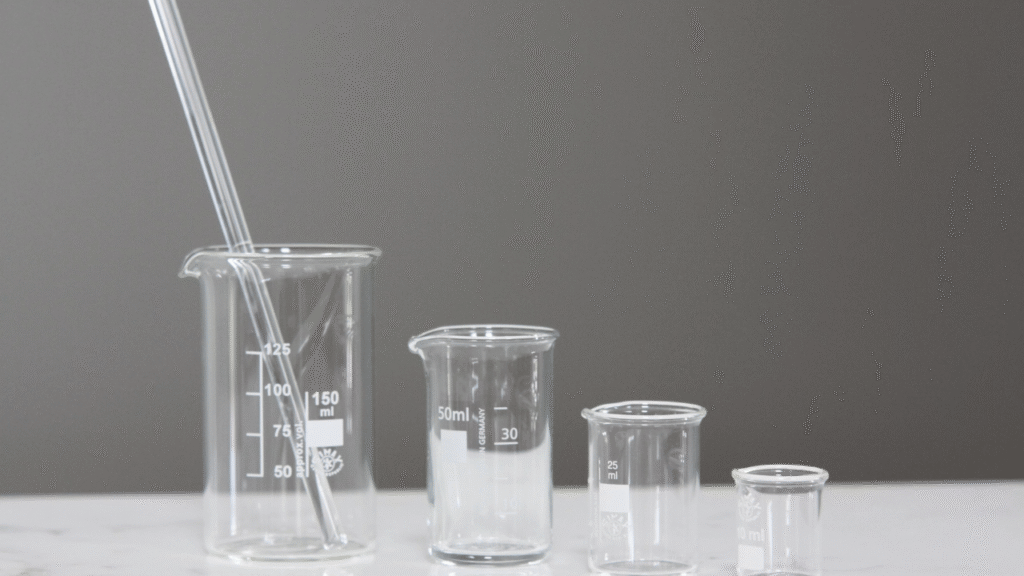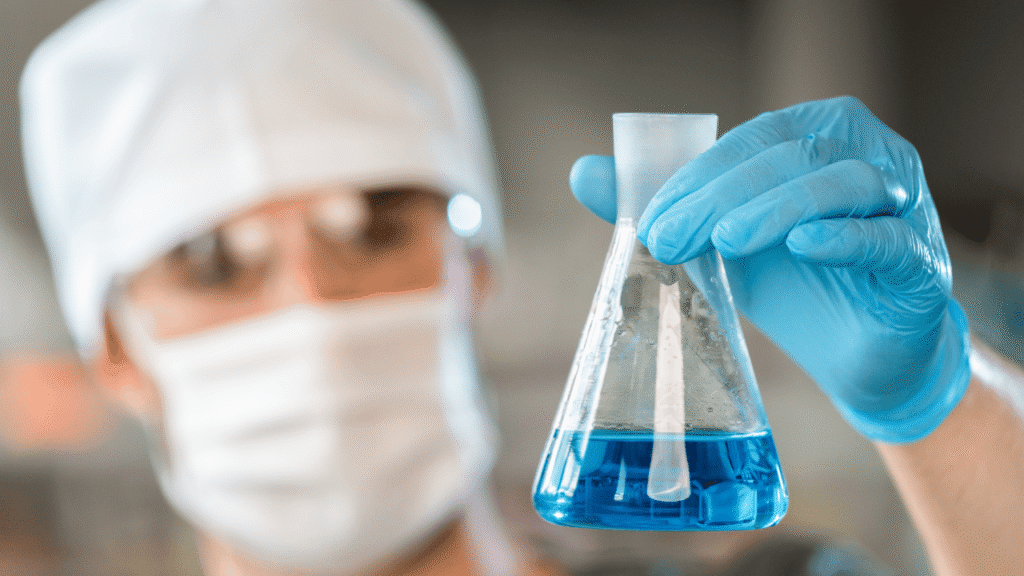In laboratories around the world, pipettes are essential tools that play a critical role in research, diagnostics, and experimentation. From transferring tiny volumes of liquid in a molecular biology lab to preparing samples for chemical analysis, pipettes ensure precision and accuracy. This article explores the different types of pipettes, their functions, the mechanisms behind their operation, and practical tips for optimal use.
What Is a Pipette?
A pipette is a laboratory instrument used to measure and transfer precise volumes of liquid. It comes in various types and sizes, each designed for specific applications. Pipettes are widely used in biology, chemistry, medicine, and environmental science to ensure accurate liquid handling.

Types of Pipettes
There are several kinds of pipettes, each serving different functions:
- Volumetric Pipette
Designed to deliver a single, fixed volume of liquid with high accuracy. Commonly used in analytical chemistry. - Graduated (Mohr and Serological) Pipette
These pipettes have graduation marks, allowing users to measure various volumes. They are less precise than volumetric pipettes but more versatile. - Micropipette
Used for very small volumes, typically in the microliter (µL) range. Micropipettes are adjustable and are standard tools in molecular biology and biochemistry labs. - Pasteur Pipette
Made of glass or plastic and used for qualitative transfer of small volumes. They lack volume markings and are not intended for accurate measurement. - Electronic Pipette
Offers enhanced precision and reduced user fatigue by automating aspiration and dispensing. Suitable for high-throughput labs.
How Do Pipettes Work?
The basic principle behind pipettes is suction and displacement. Depending on the type, pipettes operate through one of the following mechanisms:
- Air Displacement (used in most micropipettes):
A piston moves inside the pipette barrel, creating a vacuum that draws liquid into a disposable tip. The piston then dispenses the liquid by pushing air back down. - Positive Displacement:
The piston directly contacts the liquid, which is especially useful for viscous or volatile substances where air displacement might be inaccurate. - Gravity-Based (volumetric and graduated pipettes):
Rely on gravity to draw and release liquid, often with the help of a pipette filler or bulb.
Functions of Pipettes
Pipettes are used to:
- Accurately measure and transfer specific volumes of liquid.
- Prepare dilutions and reagents.
- Mix liquid samples gently.
- Conduct titrations and other analytical procedures.
In research and clinical environments, even a slight error in pipetting can lead to incorrect results, making proper use vital.
Tips for Proper Pipette Use
To ensure reliable and consistent results, it is important to follow best practices when using pipettes:
- Choose the Right Pipette and Tip Size
Always use a pipette that best matches your required volume range. For small volumes, use a micropipette with an appropriate tip. - Pre-Wet the Tip
Aspirate and expel the liquid a few times before the actual transfer. This conditions the tip and improves accuracy. - Hold Vertically While Aspirating
Tilting the pipette can affect volume accuracy. Always hold it vertically during aspiration. - Immerse the Tip Properly
Insert the tip slightly below the surface of the liquid—too deep or too shallow can cause errors. - Use Smooth and Consistent Plunger Speed
Rapid movements can introduce bubbles or lead to imprecise volumes. Control the plunger slowly and steadily. - Avoid Touching the Tip
Contamination is a serious risk in laboratories. Always handle the pipette and tips carefully and wear gloves. - Calibrate Regularly
Periodic calibration ensures accuracy. Follow the manufacturer’s recommendations for maintenance.
Common Mistakes to Avoid
- Using the wrong pipette type for the task.
- Reusing disposable tips.
- Ignoring air bubbles in the tip.
- Setting volumes outside the pipette’s range.
- Failing to maintain or calibrate the pipette.
Conclusion
Pipettes are fundamental to achieving precision in scientific work. Understanding how they function, selecting the right type, and applying proper techniques are crucial for anyone working in a laboratory setting. By following best practices and avoiding common errors, you can ensure accurate and reproducible results every time.
Frequently Asked Questions (FAQs)
Is an eye dropper a pipette?
An eye dropper is a type of pipette, but it’s not used for precise measurements. It functions similarly by drawing up and dispensing liquid, but it’s considered a qualitative tool rather than a quantitative one.
When should I use a pipette vs a burette?
Use a pipette for transferring a specific volume of liquid accurately, especially in one-step transfers. Use a burette when performing titrations, where you need to deliver liquid slowly and measure how much was added during the process.
Should I use a graduated cylinder or a pipette?
For high precision, especially with small volumes, use a pipette. A graduated cylinder is better for larger volumes where extreme accuracy is less critical.
What are the disadvantages of using a pipette?
Requires regular calibration
Can be damaged by improper use
Disposable tips add to lab waste
May not be suitable for viscous or volatile liquids without proper technique
How do you properly use a pipette?
Select the correct pipette and tip size
Pre-wet the tip
Hold vertically when aspirating
Immerse the tip slightly below the liquid surface
Press and release the plunger slowly and evenly
Use consistent technique every time
Which is more accurate: a transfer pipette or a measuring pipette?
A transfer (volumetric) pipette is generally more accurate because it’s designed to deliver one fixed volume with high precision. Measuring pipettes are more flexible but less accurate.
When should I use a pipette?
High accuracy and precision are needed
Handling small liquid volumes
Preparing solutions or reagents
Transferring biological samples
Is a pipette 1 mL?
Some pipettes are designed to measure exactly 1 mL, but pipettes come in a variety of volume ranges (e.g., 0.1 µL to 100 mL). Always check the specifications.
What is the most accurate type of pipette?
Volumetric pipettes are considered the most accurate for fixed volumes. For variable volumes, high-quality air displacement micropipettes (properly calibrated) offer excellent accuracy.
What is the difference between plastic and glass pipettes?
Plastic pipettes: Disposable, convenient, and reduce contamination risks. Not suitable for strong solvents.
Glass pipettes: Reusable, compatible with a wider range of chemicals, but require cleaning and sterilization.
What is the main purpose of a pipette?
To measure and transfer specific volumes of liquid with accuracy and precision in laboratory settings.
Are pipettes reusable?
Glass pipettes are reusable after proper cleaning and sterilization.
Plastic pipette tips for micropipettes are typically single-use to prevent contamination.





